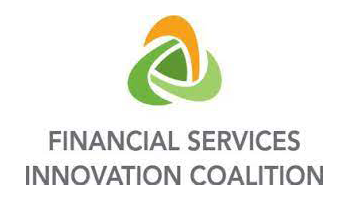By Kevin Kimble
For years, American innovators have relied on technology to help their businesses grow and thrive. Technology has grown to become the infrastructure of the American economy, enabling small businesses, entrepreneurs, and innovators to break through geographic barriers and expand the reach of their products and services.
But digital platforms also play a key role in promoting long-term financial literacy, stability and economic empowerment. Today, Americans utilize innovative digital apps such as Mint, Wally, and Finstrong to build on their financial knowledge and broaden their understanding of personal finance. Utilizing these digital tools, individuals and small business owners alike are better able to find solutions to support their long-term financial stability and increase their financial literacy.
To recognize Financial Literacy Month, it’s important that we take this time to raise awareness of financial literacy and its role in promoting U.S. innovation. Tech innovation has helped make tools to increase financial literacy widely accessible.
Financial literacy, defined as “the knowledge and understanding of areas related to personal finance, money and investing,” is a building block to our nation’s economic development and security. A greater understanding of personal finance will empower innovators, small businesses and individuals to unleash their growth potential.
Although many Americans feel that they are financially literate, data shows that many individuals lack an understanding of basic financial concepts. A 2016 Standard & Poor’s (S&P) survey found that just 57 percent of adults in the United States met the definition of “financially literate.” And racial and ethnic disparities in financial understanding continue to persist in the United States.
In 2019, a survey conducted by the TIAA Institute and the George Washington University School of Business and Global Financial Literacy Excellence Center (GFLEC) identified gaps in financial literacy among different demographic groups in the United States. In the study, white adults answered 55 percent of questions related to personal finance correctly, while African American adults answered 38 percent of the questions correctly. In the TIAA Institute and GFLEC’s 2017 survey, Hispanic adults answered 40 percent of the questions correctly, while the U.S. adult population as a whole answered 48 percent of the questions correctly.
According to the American Payroll Association, nearly three-in-four Americans in 2019 reported they were living paycheck-to-paycheck. And a new survey found that more than six in 10 Americans lack the financial funds to cover a $1,000 financial emergency.
Financial literacy plays a critical role in the financial decision making process, and a strong understanding of financial concepts can aid U.S. adults in saving, budgeting, investing and starting their own businesses. That’s why we must bridge this knowledge gap – to ensure all Americans have the tools to make well-informed financial decisions. Innovative digital apps will help bridge the divide by empowering American individuals and business owners with the resources they need to take control of their financial futures.
Policies that enable innovation and growth of technological platforms that put financial literacy tools in the hands of the public will help Americans take increased control of their financial futures. Our leaders must prioritize policies that promote technological innovation – to eliminate disparities to capital, encourage social and economic inclusion and drive broad economic growth.
Kevin Kimble is the founder and CEO of the Financial Services Innovation Coalition (FSIC) a network of financial services innovators, legislators, community groups, and academics.
